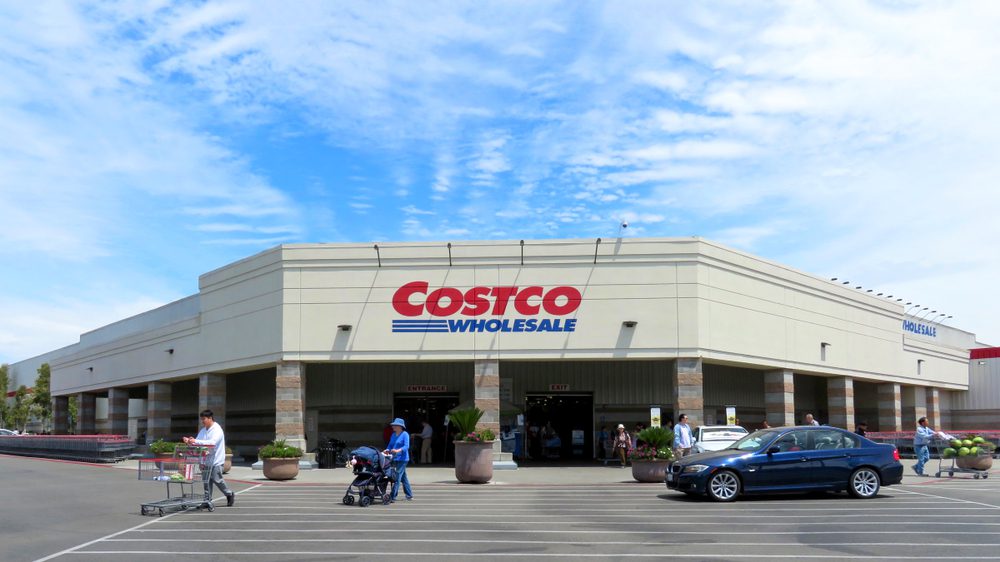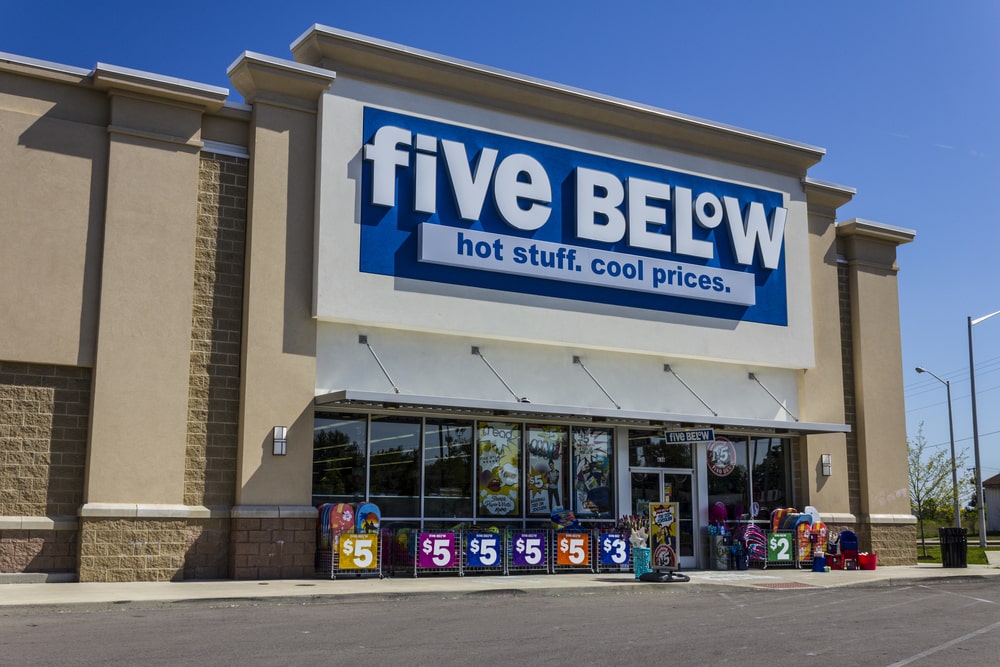
The Art of the Deal: Mastering Unit Prices and Spotting True Savings
Buying in bulk feels like you’re saving money, but the only way to be certain is to look beyond the big price tag on the shelf. The most powerful tool for any savvy shopper, especially in a warehouse club, is understanding the unit price. This is the cost of an item broken down into a standard unit of measurement, like per ounce, per pound, or per sheet of paper towel.
The Golden Rule: Unit Price Math
Learning to calculate and compare unit prices is the single most important skill for saving money on groceries. The store shelf tag will often list the unit price for you, but it’s good to know how to calculate it yourself, especially when comparing between different stores or package sizes.
The formula is simple: Total Price ÷ Total Quantity = Unit Price.
Let’s use a real-world example. Say you’re buying coffee. At Sam’s Club, you see a 40-ounce can of Member’s Mark coffee for $12.00. At your local supermarket, a 25-ounce can of a similar brand is on sale for $8.50. At first glance, it’s hard to tell which is the better deal. Let’s do the math:
Sam’s Club: $12.00 ÷ 40 ounces = $0.30 per ounce.
Supermarket: $8.50 ÷ 25 ounces = $0.34 per ounce.
In this case, the Sam’s Club coffee is 4 cents cheaper for every single ounce. While that doesn’t sound like much, these small savings add up significantly across dozens of items over the course of a year. This is the core of warehouse club savings. Always compare the unit price, not the sticker price.
Beware of “Shrinkflation”
Another modern retail trap to watch for is shrinkflation. This is when a manufacturer keeps the price of a product the same but secretly reduces the size or quantity. Your box of crackers might look the same, but it now contains 10% fewer crackers. Bulk buying can sometimes help you avoid this, but it’s crucial to always check the net weight or count on the package and rely on your unit price calculations to ensure you’re still getting a good deal.
Coupons and Savings Events
The two clubs handle discounts differently. Costco does not accept any manufacturer coupons. Instead, they mail out a monthly “Instant Savings” booklet to members (and have the deals available in-store and online). These savings are automatically applied at the register when you buy a qualifying item during the promotional period. It’s a simple, no-clipping-required system.
Sam’s Club also has an “Instant Savings” program that works similarly. However, they are more technologically integrated. You can often find extra offers and even some manufacturer coupons that can be digitally “clipped” in the Sam’s Club app. For those who enjoy deal stacking—combining multiple offers—Sam’s Club may provide slightly more opportunities.
Both clubs also have their own co-branded credit cards—the Costco Anywhere Visa Card and the Sam’s Club Mastercard—that offer enhanced cash back rewards on purchases, especially on gas. Using the store’s credit card can be a good way to maximize your savings, provided you pay off the balance in full each month to avoid interest charges.









